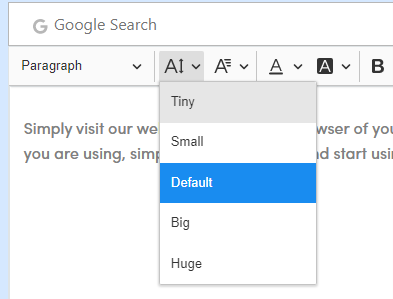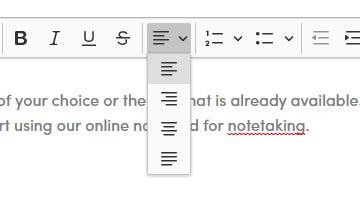Social media revolutionized the way people experience events. From promoting concerts to organizing protest marches to simply throwing a party, social media platforms are important tools for communicating and mobilizing people.
For nonprofits, social media marketing is now an instrumental part of growing an event. And while social media is often thought of as in-the-moment and spontaneous, effective social media marketing requires forethought. When planning a social media campaign for your nonprofit event, it helps to break it down into phases. Read on to learn about the three phases of social media event promotion and how to succeed every step of the way.
Social Media Marketing: How to Handle Your Event Promotion
1. Before the Event
Supporters will not attend your event if they don’t know about it. That fact is at the core of your first phase of social media event promotion. In the weeks (or even months) leading up to your event, use social media to spread the news and register people ahead of time.
To get started, identify …
Your Platforms
You can’t succeed without focus. There are new social channels popping up all the time, but you should concentrate your efforts on the two or three platforms that work best for your organization and your event.
Your Goals
Clear goals will also help focus your social media promotion efforts. For a nonprofit event, registrations or ticket sales will likely be an important measure of success. Though, it’s important to also keep the long-term value of gaining new followers and generating engagement and impressions in mind.
Your Key Announcements and Deadlines
Structure your social media promotion around a few important announcements or deadlines. You might release the date or main activities, or announce speakers, special guests, or deadlines for early-bird ticket prices. This allows you to repeatedly promote your event while relaying important information to your audience and keeping the message fresh.
It’s also a good idea to begin the use of event hashtags well before the big day. This encourages your supporters to use them and helps create interest and buzz. Reach out to a handful of dedicated supporters and ask them to post about the event. You can also call on any sponsors or partners to promote the event on social media. Send them sample text or share images that they can easily post to their social networks.
2. During the Event
Your pre-event social media work is about awareness and registrations, but during the event, your objectives shift. Day of, your efforts will seek to:
- Enhance the attendee experience
- Share the event with those who couldn’t make it
- Collect content for future engagement and event promotion
Attendee Experience
Your organization can use social media to understand what your audience loves about your event and what they don’t care for. This is where an event hashtag becomes really important as it allows you to discover posts about your event in one stream. Like, share, and respond to positive posts. This will encourage people to keep talking about your event. You might even start trending!
But don’t ignore complaints. A study found that 42 percent of people who contact a brand on social media expect a response within an hour. While you’re sure to be busy on the day of your event, reading and responding to negative posts can alert you to problems you may not know about. Even if you don’t have an immediate solution, replying or messaging the attendee shows you care and want to make things right.
Share With Your Social Audience
Social media allows people all over the world to experience events they can’t necessarily attend. Use your social posts to show others what they’re missing. This will not only nurture existing relationships, but also intrigue new potential supporters. Post high-quality pictures and videos, short testimonials from attendees, and fun updates and highlights of your event. Those who could not (or chose not to) come might be enticed by what you share and make a note not to miss your next event.
Collect Content
Events offer tons of content opportunities. From pictures to videos to quotes, a great event can help generate blog and social media content for months to come. Get your whole team on board and task them to write down any awesome quotes or favorite moments. It’s also smart to have a specific list of images you want to capture ahead of time so you can ensure they’re taken.
While it’s important to have a plan walking into your event, you also need to be flexible with your day-of social strategy to capitalize on the day in an authentic way. Some of the best social media content happens in the moment. Don’t be afraid to replace or add an extra post that really shows off what’s special about your event.
3. After the Event
Much like a fundraising campaign, the final phase of your social media event marketing is about follow-up, reengagement, and key learnings. Make sure to post some thank you or wrap-up messages on your main social media channels. Now is also the time to consolidate all of the content you collected for future marketing initiatives. Review your assets and decide how they will be used in future promotions.
In this phase, you can also use social media to collect feedback from your community. In the days after, post questions about attendees’ favorite experiences. You can also promote the link to a survey to get more detailed feedback. This information will be extremely valuable when you plan your next event. You will learn what elements resonated and what issues you can improve upon.
Finally, keep your followers and event attendees updated on your subsequent events. If this is your signature annual event you can even start selling tickets for next year immediately. Let people commit now, when they’re full of happy memories.
Social media is a fun and flexible way to enhance your events. But, like other forms of marketing, it still requires focus and preparation. Use these three phases to optimize the social media element of your next event marketing plan
Culled From Classy

.webp)
.webp)











